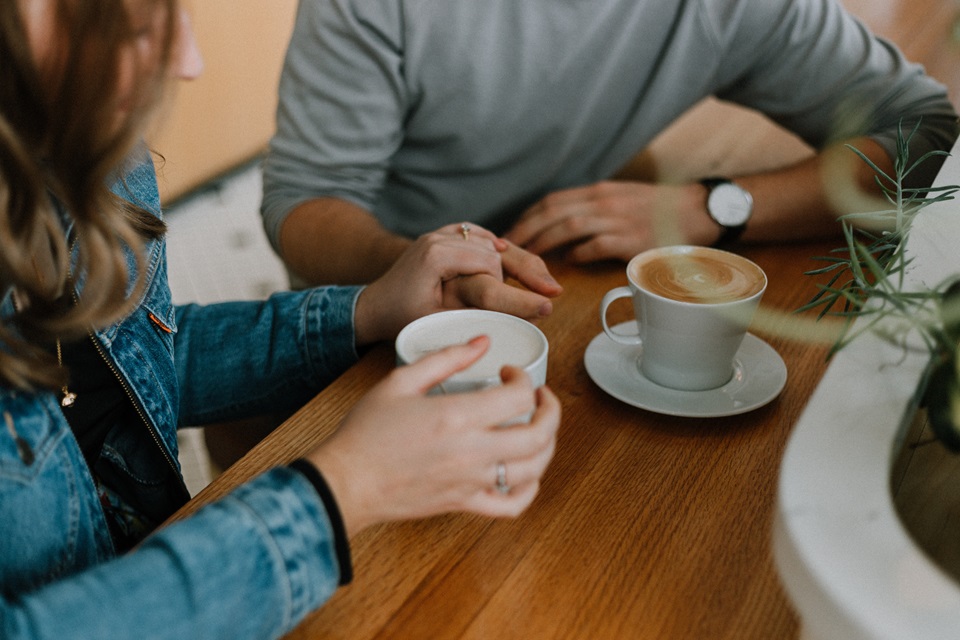Dating apps have evolved greatly since the first platform, Match.com, was launched in 1995. It’s been an interesting ride, with users finding love matches and others finding casual relationships and lifelong friends (we know that’s not the purpose of these apps, but who’s checking?)
Things have begun to change, though. All types of users, including the queer, are finding a space for themselves. There is so much inclusivity, with some brands catering solely to queers and helping them find themselves. Modern dating apps use incredible tools like machine learning and AI. Yes, now these innovations found lots of new implementations beyond the websites where you can buy various items or play pokies. Let’s explore the new developments to keep these places running.
Table of Contents
Inclusivity & Representation
Before we get into the top apps that have revolutionised this movement, we must talk about inclusivity and how to recognise it in general. How can you tell if an app goes the extra mile to provide a smooth environment for users on the LGBTQ+ spectrum? It’s pretty simple.
The first thing you’ll want to consider is the app’s quality. Do matches focus heavily on binary swipes, or does the process embrace wide varieties of sexual orientations and identities? To answer this question, look at the existing categories on the platform. There should be filters through which the diversity the platform promises shines through. That’s because everyone would love to have a place and feel seen, whether pan-sexual, asexual, non-binary, intersex, or more. If you’ve used dating apps before, you’ll know the true experience lies in profile customisation. Users should have many ways to identify and express themselves and the qualities they seek in a partner. That goes from basics like pronouns to sexual orientation and deeper constructs like relationship configurations.
Inclusivity also involves safety. Dating apps that instill and enforce policies that ensure users don’t suffer discrimination or prejudice are top-tier. That’ll involve monitoring, tracking, and handling instances of bigotry and hate. A great way to ascertain that a platform cares about all of this is representation. What goes on outside the user experience on the app? There should be a culture that extends to the LGBTQ+ community, be it resources or partnerships.
The Evolution Of LGBTQ+ Apps
Now, let’s walk you through a journey born out of the need for community and a safe space. The era of seeking queer relationships online began as far back as the 1900s. The first recognised platform is Gay.Net, a bulletin board system launched in 1993. Another was the Backroom. The goal with Gay.Net was to create a community for gay men to find themselves, and this dream resulted in 10,000 sign-ups within the first year at a $10 monthly subscription. It was run on only 16 modems at a time, which got so tied up because of the platform’s popularity in the early days. Before the site went public in 2004, it had recorded over 4 million users and was eventually sold to the Los Angeles LGBT Center.
Lesbians had it a little different, with the “ground zero” for the lesbian community being Sappho, an email list that popped up in 1987. They took advantage of email lists to connect with themselves and bypass the awkwardness of determining whether women were straight as rulers or lesbians in real life. The next mainstream gay dating site to pop up was Gaydar in 1999, with a focus on matching men who wanted deep connections for relationships, dates, or just good ol’ casual sex.
With the 2000s came even better play forms that centred heavily on inclusivity:
- OKCupid: This dating app popped up in 2004 with a focus on queer users. OkCupid used questions to match users, and the best part is that these questions are different for every sub-identity category within the LGBTQ+ umbrella. Their mission was inclusivity for everyone, irrespective of their identity or sexual orientation. You can even open up your profile to only users with similar orientation;
- Gindr: This dating app for casual relationships was launched in 2009. Like all the others, it has room for all identities, but its main user base is gay men. They even went as far as providing resources for sexual health to users;
- HER: Being focused on women, this platform is also about finding love and relationships. It’s an inclusive dating app with a female, lesbian, intersex, trans, and agender (FLINTA) focus.
Stay Safe!
Everyone should find it easy to explore their sexual orientations and identities and find love. Now, there is no discrimination against profiles. You’ll only need to find the dating app that suits your needs, preferences, and orientation. We all know that the LGBTQ+ community can be a little extra, but that’s a good thing because users are certain of fun ice-breaker events just to meet one another and find community outside potential relationships. Just ensure you are doing all this on a platform that is big on safety. Have fun!



